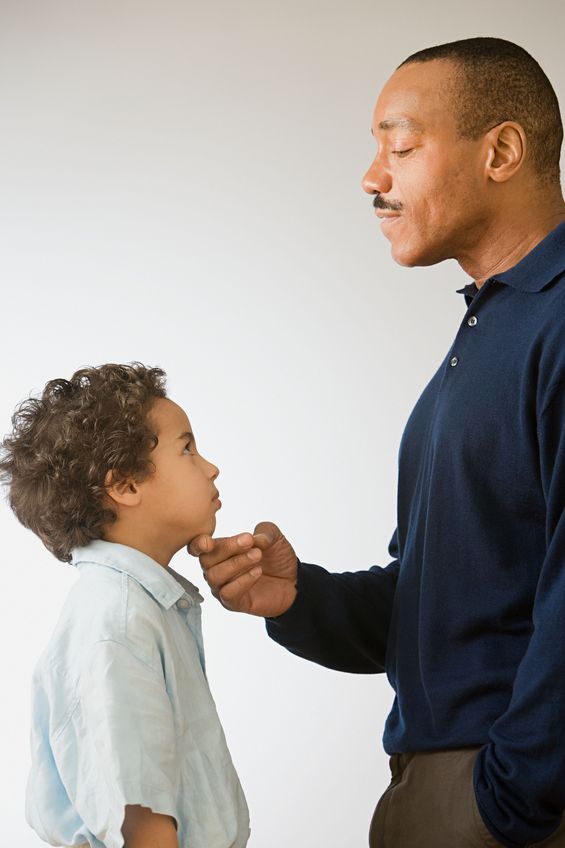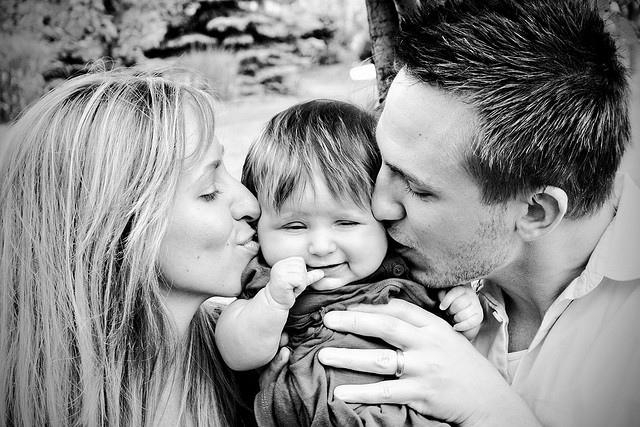Cowlicks, or hair whorls, are hair sections that grow opposite to the direction of other hair strands. There is a noticeable sticking out of hair or unusual movement of a tuft of hair due to cowlicks. Cowlicks usually appear on the crown of a person’s head, yet there are also cowlicks that appear on the sides, on the forehead, and on the nape.
They form early in life — in utero — and once you have a cowlick, you’re stuck with it unless you lose your hair.
Bad hair day? Experts explain curse of the cowlick By Cari Nierenberg
Cowlicks are thought to be hereditary and they may also affect both genders. Since men usually wear short hairstyles, their hair whorls are more visible. Most women prefer long hair and thus cover the seemingly stubborn cowlicks atop their head. There is no escape from them and every one of us is endowed with at least one hair whorl. In fact, people actually have two cowlicks but only one will be quite visible while the other is obscured. You might even think that cowlicks have their own strange habit of going against the flow. A cowlick has a spiral pattern that is probably caused by the confusion of the hair on whether it should go to the left, right, front or to the back. If you are very much concerned about your looks and your hair, cowlicks will certainly be an issue for you. You will always find your cowlicks to blame each time you wake up on a bad hair day. The good news is that you can search the internet to find numerous styling tips and strategies to achieve your preferred hairstyle and for taming your cowlicks.
Theories concerning the cause of right- or left-hand preference in humans vary from purely learned behavior, to solely genetics, to a combination of the two mechanisms. The cause of handedness and its relation to the biologically specified scalp hair-whorl rotation is determined here.
Human Handedness and Scalp Hair-Whorl Direction Develop From a Common Genetic Mechanism
Cowlick Topics Of Discussion
Cowlicks seem to be involved in issues other than looking good and keeping a fashionable hairstyle. One is the association of cowlicks to a person’s handedness (on whether he uses the right or the left hand for writing and performing tasks). According to Amar KLar, a geneticist, about 90% of people are right-handed and their hair whorls are found oriented in a clockwise direction. The remaining 10% left-handed people have their cowlick on counter-clockwise direction.
If a child has two or more cowlicks, the child will be a rascal.
Portuguese Cultural Beliefs
Now here is another topic and issue concerning cowlicks. If your child has two cowlicks, then you should be alarmed because sooner or later, that child will bring trouble. That was how most of us were raised to believe; a superstition, a tradition that has been in circulation since time immemorial.
Personally, I don’t agree with this crooked belief. I have a niece who has two noticeable cowlicks at the crown of her head. Is she a rascal, you may ask? A definite no! Our little Thea is a sweet, adorable, obedient and cute angel.
The most common structural (morphological) features found in the ASD children included:
- Sandal gap toes (59%)
- Facial asymmetry (46%)
- Abnormal non-frontal hair whorl (39%)
- High narrow palate (37%)
- Attached ear lobes (35%)
- Hypermobile joints (33%)
Perhaps the association of Cowlicks with unruly behavior of children can be rooted from the fact that an abnormal hair whorl is one of the physical characteristics of Autism. Autistic children manifest unruly behaviors. Nevertheless, hair whorls and cowlicks are not the only indicative signs of Autism. Among the other characteristics of this condition are large eyes, unusually wide tongue and random squealing. It is, therefore, not fair to judge or even to forecast that a child will grow up to be a problem for parents simply because of double cowlicks.
Children are inherently curious and energetic. It is normal for them to do some things that parents disapprove of. Back to my niece, Thea, she is sometimes moody, especially if she was not able to do what she wants such as playing with a toy or eating ice cream on her own. Even adults get into a bad mood if denied something he or she wants. Cowlicks, double cowlicks for that matter, are not the excellent basis of a child’s rascal behavior. Besides, it is now known that all of us have two cowlicks. Its just that the majority of individuals only one cowlick visible.
Humor Break:
The Proper Behavior
A priest at a parochial school, wanting to point out the proper behavior for church, was trying to elicit from the youngsters rules that their parents might give before taking them to a nice restaurant.”Don’t play with your food,” one second-grader cited.”Don’t be loud,” said another, and so on.”And what rule do your parents give you before you go out to eat?” the priest inquired of one little boy.Without batting an eye, the child replied, “Order something cheap.”
Influences on Bad Behavior
- Biological. Various factors affect and influence the behavior of a child. It could be due to the genes the child has inherited from the parent but, still, the honing of one’s behavior will still depend on other factors.
- Parental.
Stressed mothers-to-be are more likely to have unruly, hot-tempered children, researchers have found.
Stress In Pregnancy ‘Makes Child Unruly’: Mother’s Anxiety Can Raise Baby’s Risk Of ADHD
According to Wikipedia.com, parenting is described as the process of promoting the physical, social, intellectual and emotional development of a child. Raising a child, that is what parenting essentially is. A mother who is pregnant with a child is already considered a parent. Although the child is still unborn, the child already lives, albeit, inside the womb. Whatever the mom does while she is pregnant has a direct effect on the child in the womb. If the pregnant mother eats healthy foods, then her child also receives proper nutrition and therefore develops and grows properly. If the mother smokes or drinks alcohol while pregnant, then she endangers the well-being of her baby. If, while pregnant, a mother experiences great amounts of stress, then the stress hormone levels in the womb also increase; thus, affecting the brain development of the unborn baby. This then would result to higher chances of the child developing disorders like ADHD and other behavioral problems. Parenting continues after the child is born and whatever he sees and experiences from his parents inside the home will have an impact on his behavior. If the parent shows bad behaviors inside the home such as quarreling and lying; the child will grow up harboring these same attitudes.
- Social. When a child starts to go to school, he starts to socialize with other children having different personalities and upbringings. Whatever behavior is in a child’s peer group may also manifest in his own personality.
- Environmental. A child’s environment encompasses his home, his school, and his entire surroundings. If there is frequent domestic turmoil at home, the child will behave in response to the insecurity he feels or receives at home. If in school he also feels unsafe, he will also behave in accordance to what he experiences like teasing or bullying from a classmate.
In essence, parents have a major influence on a child’s behavior, not cowlicks or unruly hair. It is the duty of parents to care for their children, to rear them, look after them and watch over them. A much as we want our children to follow and obey us, we have to understand that our children also have their own minds. It is natural for children to be curious and inquisitive. It is normal for them to have an overflow of energy. Let us allow them to experience how it is to be a child. In case our child shows signs of bad behaviors, then let us thinks of ways on how to teach discipline and good behavior to our children. Some old-fashioned parents still implement corporal punishment in disciplining their children, but the negative effects of corporal punishment are immense so parents should come up with a gentler, creative and effective means to instill discipline on their children.
- The Stare method. This method I can personally endorse as this method worked and still works well for me and my daughter. Whenever she does something that I do not approve, I simply give her the glare and she knows that she should stop misbehaving already.
- Some children can be tough and would not easily give in when his parent glares at him. For this, maintaining eye contact will be helpful. Try not to blink or look away to show the child you are really serious.
- You can also try the reward suspension technique to teach discipline. If two children often quarrel about who will dominate the TV remote, then keep them from watching TV until they both learn to compromise with one another.
Children need the love and understanding of their parents. Your child needs to have a good model to show him what good behavior is. What he sees from his parents while growing up will be instilled in his mind forever. Show your child how to be good and he will imitate you. If he shows signs of unruliness, then act immediately to correct it. Do not wait until your child has already grown before teaching him good values. The best way to go about it is to communicate with him. Speak to him in a loving way and help him understand that his behavior is not good. Just like what a biblical passage from Proverbs 22:6 says, “Train your child of the right path he should go; when he grows up and becomes old, he will still stay on this path you taught him to tread.”


